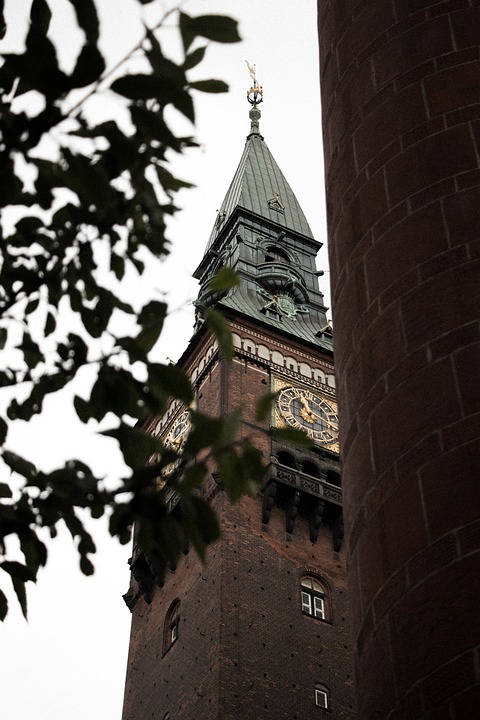As a native of Denmark, I have always been deeply fascinated by the unique cultural phenomenon of Danish design, which has captured the attention of the world for decades. Born and raised in Copenhagen, I have had the privilege of witnessing the evolution and enduring appeal of Danish design firsthand. In this article, I will delve into the rich history and enduring legacy of Danish design, exploring its timeless allure and contemporary relevance.
The Origins of Danish Design
The roots of Danish design can be traced back to the early 20th century, when a group of visionary designers and architects sought to create furniture and objects that were both functional and aesthetically pleasing. Influenced by the principles of the Arts and Crafts movement and the Bauhaus school, Danish designers such as Kaare Klint and Arne Jacobsen embraced a minimalist and functional approach to design, prioritizing craftsmanship and quality materials.
This ethos gave birth to the concept of “hygge” (pronounced hoo-guh), which embodies the Danish art of coziness and contentment. Hygge is deeply embedded in Danish culture and is reflected in the design of furniture, lighting, and everyday objects, which are crafted to enhance comfort and well-being.
Key Characteristics of Danish Design
The hallmark of Danish design lies in its clean lines, simplicity, and understated elegance. Danish designers are renowned for their use of natural materials such as wood, leather, and wool, which lend a sense of warmth and timelessness to their creations. Functionality is another defining feature of Danish design, with an emphasis on practicality and efficiency without compromising on style.
- Natural materials: Wood, leather, wool
- Clean lines and simplicity
- Functionality and practicality
- Timeless and enduring appeal
Moreover, sustainability and environmental consciousness are integral to Danish design, with many designers and manufacturers prioritizing ethical production practices and eco-friendly materials. This commitment to sustainability has further solidified the global appeal of Danish design, resonating with consumers who value ethical and mindful consumption.
Iconic Designs and Designers
Denmark has produced a plethora of iconic designs and designers who have left an indelible mark on the world of design and architecture. From the iconic Egg chair designed by Arne Jacobsen to the timeless PH Artichoke pendant lamp by Poul Henningsen, Danish design has produced numerous enduring classics that continue to be coveted by design enthusiasts around the globe.
Notable designers such as Hans Wegner, Verner Panton, and Børge Mogensen have also made significant contributions to the legacy of Danish design, shaping the aesthetic and philosophical principles that define it. Their creations, characterized by a harmonious blend of form and function, embody the essence of Danish design and have stood the test of time.
The Contemporary Relevance of Danish Design
While rooted in tradition, Danish design continues to evolve and innovate, embracing new technologies and design philosophies that reflect the current era. Danish designers and brands such as Muuto, HAY, and Normann Copenhagen have gained international acclaim for their modern interpretations of Danish design, staying true to the principles of quality craftsmanship and timeless aesthetics.
Furthermore, the concept of “New Nordic” design has emerged as a contemporary expression of Danish design, embracing a holistic approach that encompasses sustainability, functionality, and modern aesthetics. This ethos is reflected in the design of furniture, lighting, textiles, and home accessories, which resonate with a global audience seeking authenticity and thoughtful design.
Embracing the Essence of Danish Design
As a Dane, I take immense pride in the enduring legacy and global influence of Danish design. Its timeless allure and unwavering commitment to quality and craftsmanship continue to inspire and captivate design enthusiasts across the world. Whether it’s the iconic silhouette of a Hans Wegner chair or the gentle glow of a PH lamp, Danish design embodies a unique blend of tradition and innovation, enriching our lives with its beauty and functionality.
As I reflect on the profound impact of Danish design on the world stage, I am reminded of its ability to transcend time and cultural boundaries, uniting people through the universal language of design. Danish design has left an indelible mark on the global design landscape, and its influence shows no sign of waning. In a world driven by constant change, Danish design stands as a testament to the enduring power of simplicity, authenticity, and timeless elegance.





